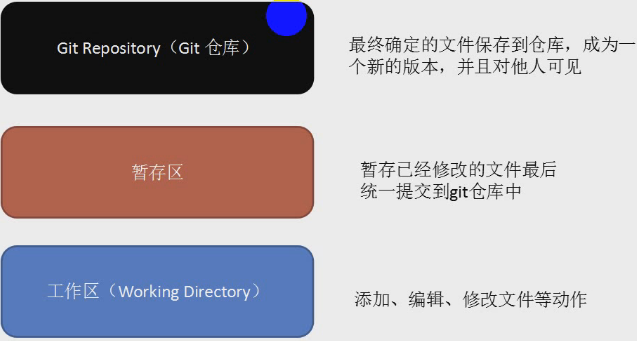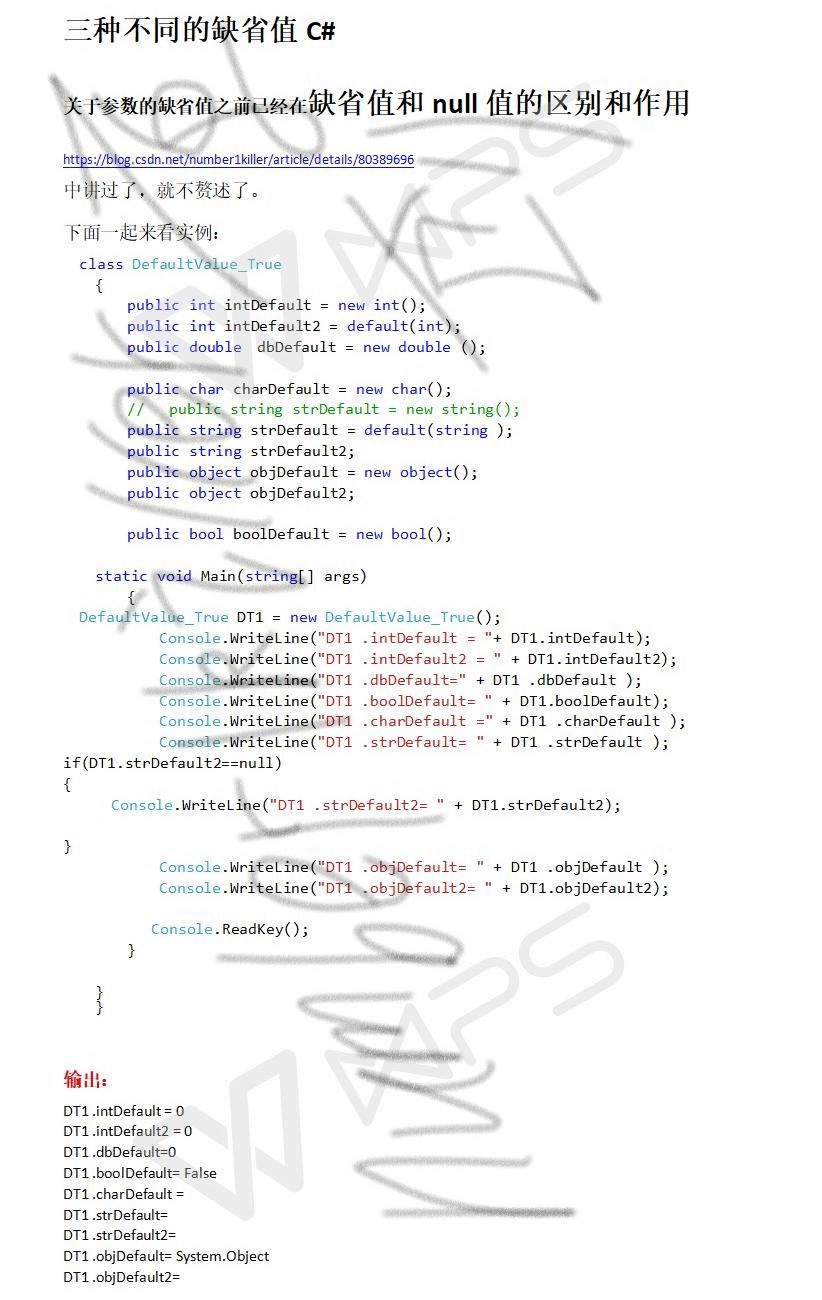### avoid read-on-write
avoid read-on-write
什么是 “read-on-write” problem?
在我们使用最常见的buffer write 中 “read-on-write” 问题指的是当我需要进行小于4k
大小buffer write 的时候, 需要先将数据所在的page 从disk 中读取出放入到page cache,
在page cache 中修改好, 然后再将这4k 数据写入回去. 这样在buffer write
的时候就多了一次磁盘IO
InnoDB redo log的做法是, 判断这个4k page 是不是第一次写入, 如果是第一次写入的话, 那么我会将这次写入填0, 变成4k 大小的size, 然后进行写入, 这样就可以避免了一次 “read-on-write” 操作, 后续继续写入的时候, 就不需要进行4k 大小的io, 因为这个时候数据已经在page cache 中, 直接写入就可以的.
我原先的想法是在内存中保留这个4k 大小的buffer, 每次修改都修改4k 大小的buffer, 每次写入也都进行4k 大小的写入, 这样做法反而不过InnoDB 的做法来得好, 因为每次写入都变成4k, 从用户空间拷贝到page cache 也需要拷贝4k 大小的数据, 而InnoDB 的做法只需要拷贝数据大小的size 就可以, 做的更细
在这里的测试case 和InnoDB redo log 场景类似, 是循环使用文件的场景, 在LevelDB/RocksDB 的wal 中, 由于每次都是创建新文件并进行append写入, 就不需要读取原先page 的内容, 因此是并不存在这样的问题. 但是LevelDB/RocksDB 存在的另一个问题是Append write 性能比overwriting 会差很多. 下次再对比测试.
下面两个例子可以看出同样写1G 大小的文件. InnoDB 的做法比标准追加写入做法提高40%
t.cc
write time microsecond(us) 51668825
t2.cc
write time microsecond(us) 29358162
// t.cc// 标准的通过pwrite 的写入方法// 如果将这里的pwrite 改成write, 我们获得的还是几乎一样的performance// num = pwrite(fd, aligned_buf, dsize, off);// 估计在pwrite 内部实现, 如果只有一个线程写入, 并且这个offset 并没有移动, 就不需要先进行seek, 再write 了#include <stdio.h>#include <fcntl.h>#include <unistd.h>#include <sys/time.h>#include <stdint.h>#include <random>#include <linux/falloc.h>#include <sys/syscall.h>uint64_t NowMicros() {struct timeval tv;gettimeofday(&tv, NULL);return static_cast<uint64_t>(tv.tv_sec) * 1000000 + tv.tv_usec;}int main(){uint64_t st, ed;uint64_t file_size = 1LL * 1024LL * 1024LL * 1024LL;int fd = open("/disk11/tf", O_CREAT | O_RDWR, 0666);int ret;unsigned char *aligned_buf;int dsize = 512;ret = posix_memalign((void **)&aligned_buf, 4096, 4096 * 10);for (int i = 0; i < dsize; i++) {aligned_buf[i] = (int)random() % 128;}lseek(fd, 0, SEEK_SET);st = NowMicros();int num;off_t off = 0;for (uint64_t i = 0; i < file_size / dsize; i++) {num = pwrite(fd, aligned_buf, dsize, off);off += 512;fsync(fd);if (num != dsize) {printf("write error num %d\n", num);return -1;}}ed = NowMicros();printf("write time microsecond(us) %lld\n", ed - st);return 0;}
iostat 上, 可以看到nvme8n1有明显的磁盘read IO 存在

// t2.cc// InnoDB 优化做法, 在遇到第一个4k 对齐地址的时候, 将当前这一次IO 对齐成4k, 空闲的部分filling zero. 从而避免了这一次需要将该page 从文件中读取到Page cache#include <stdio.h>#include <fcntl.h>#include <unistd.h>#include <sys/time.h>#include <stdint.h>#include <random>#include <stdlib.h>#include <string.h>#include <linux/falloc.h>#include <sys/syscall.h>uint64_t NowMicros() {struct timeval tv;gettimeofday(&tv, NULL);return static_cast<uint64_t>(tv.tv_sec) * 1000000 + tv.tv_usec;}int main(){uint64_t st, ed;uint64_t file_size = 1LL * 1024LL * 1024LL * 1024LL;int fd = open("/disk11/tf", O_CREAT | O_RDWR, 0666);int ret;unsigned char *aligned_buf;int dsize = 512;ret = posix_memalign((void **)&aligned_buf, 4096, 4096 * 10);for (int i = 0; i < dsize; i++) {aligned_buf[i] = (int)random() % 128;}lseek(fd, 0, SEEK_SET);st = NowMicros();int num;off_t off = 0;for (uint64_t i = 0; i < file_size / dsize; i++) {if (i % 8 == 0) {memset(aligned_buf + 512, 0, 4096);num = pwrite(fd, aligned_buf, 4096, off);} else {num = pwrite(fd, aligned_buf, dsize, off);}off += 512;fsync(fd);if (num != dsize && num != 4096) {printf("write error num %d\n", num);return -1;}}ed = NowMicros();printf("write time microsecond(us) %lld\n", ed - st);return 0;}
iostat 可以看到这个时刻nvme8n1是没有磁盘的read IO 存在的

通过 blktrace 可以看到每一个IO的过程, 可以看详细的看到在t2 中是有read IO 的存在, 并且可以看到
在t 中read IO : write IO = 1:8
这是通过blktrace 看到的 t2 的IO
259,9 2 357 0.001166883 0 C WS 75242264 + 8 [0]## 一个IO 的开始259,6 2 358 0.001173249 113640 A WS 75242264 + 8 <- (259,9) 75240216259,9 2 359 0.001173558 113640 Q WS 75242264 + 8 [a.out]259,9 2 360 0.001173664 113640 G WS 75242264 + 8 [a.out]259,9 2 361 0.001173939 113640 U N [a.out] 1259,9 2 362 0.001174017 113640 I WS 75242264 + 8 [a.out]259,9 2 363 0.001174249 113640 D WS 75242264 + 8 [a.out]259,9 2 364 0.001180838 0 C WS 75242264 + 8 [0]## 一个IO 的结束259,6 2 365 0.001187163 113640 A WS 75242264 + 8 <- (259,9) 75240216259,9 2 366 0.001187367 113640 Q WS 75242264 + 8 [a.out]259,9 2 367 0.001187477 113640 G WS 75242264 + 8 [a.out]259,9 2 368 0.001187755 113640 U N [a.out] 1259,9 2 369 0.001187835 113640 I WS 75242264 + 8 [a.out]259,9 2 370 0.001188072 113640 D WS 75242264 + 8 [a.out]259,9 2 371 0.001194495 0 C WS 75242264 + 8 [0]259,6 2 372 0.001200968 113640 A WS 75242264 + 8 <- (259,9) 75240216259,9 2 373 0.001201164 113640 Q WS 75242264 + 8 [a.out]259,9 2 374 0.001201268 113640 G WS 75242264 + 8 [a.out]259,9 2 375 0.001201540 113640 U N [a.out] 1
从上面可以看出, 这个IO 从开始到结束都不会有Read 相关的IO
对比于t 产生的IO 是这样的
# 一个IO 的开始, 从这里可以看到这里有读IO 的出现, 并且其实这里是每产生1个读IO, 后续跟着8个 write IO259,6 0 184 0.001777196 58995 A R 55314456 + 8 <- (259,9) 55312408259,9 0 185 0.001777463 58995 Q R 55314456 + 8 [a.out]259,9 0 186 0.001777594 58995 G R 55314456 + 8 [a.out]259,9 0 187 0.001777863 58995 D RS 55314456 + 8 [a.out]259,9 0 188 0.002418822 0 C RS 55314456 + 8 [0]# 一个读IO 结束259,6 0 189 0.002423915 58995 A WS 55314456 + 8 <- (259,9) 55312408259,9 0 190 0.002424192 58995 Q WS 55314456 + 8 [a.out]259,9 0 191 0.002424434 58995 G WS 55314456 + 8 [a.out]259,9 0 192 0.002424816 58995 U N [a.out] 1259,9 0 193 0.002424992 58995 I WS 55314456 + 8 [a.out]259,9 0 194 0.002425247 58995 D WS 55314456 + 8 [a.out]259,9 0 195 0.002432434 0 C WS 55314456 + 8 [0]
write time microsecond(us) 42413626
write time microsecond(us) 114360346
:!./a.out
write time microsecond(us) 39630577



































还没有评论,来说两句吧...